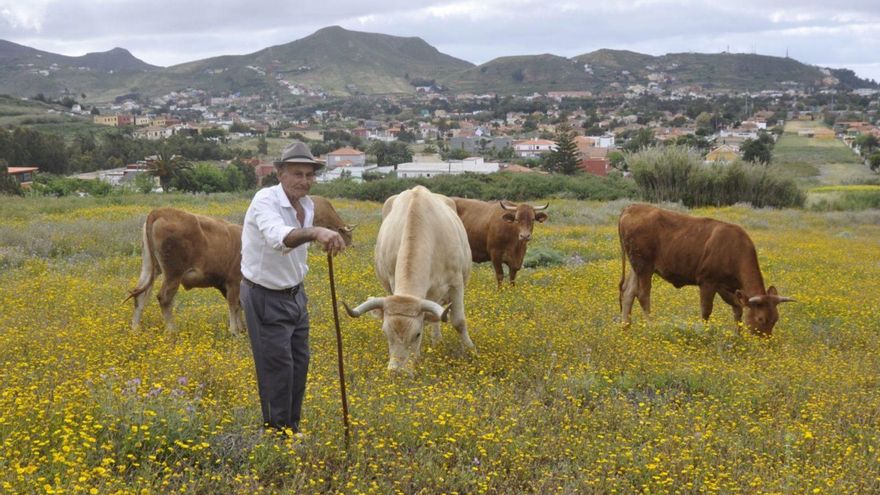
The people of Tenerife consume more local meat. It is the summary of the data of the Council of Tenerife with respect to the comparison of the first semester of this year with respect to the same period of 2021. The consumption of local meat in Tenerife has increased so far in 2022 and exceeds two million kilos during the first semester.
The Councilor for Agriculture, Livestock and Fisheries of the Cabildo, Javier Parrilla, values the Carnes Frescas de Tenerife brand, which has contributed to giving confidence and security to the sector, and whose objective is to improve the identification and quality of meat products, generate awareness of the value of zero kilometer products and boost the local economy. All in one.
The consumption of local meat in Tenerife has reached 2,069,753 kilos in the first half of 2022, which is 16,231 kilos more than in the first half of 2021 (2,053,522 kilos). In fact, consumption has increased by 10.08 percent in the last three years, going from 3,881,403 kilos in 2019 to 4,272,702 in 2021.
The counselor of the primary sector, Javier Parrilla, points out that “it is a moderate increase and that is the line in which we have come and we want to continue working.” The insular official also stresses that this increase responds to two factors. On the one hand, the increase in the country’s demand for meat; on the other, in direct relation, the growth in business confidence.
“Although local production cannot compete in price with imported meat, the value of fresh meat from Tenerife is being noticed by the final consumer,” says Parrilla. The counselor emphasizes that “the world events of the last two years have led to a greater appreciation of the local product, both for its freshness and continuity and for its quality.”
The dressing is similar
Parrilla also remarks that This increase in meat consumption does not respond, in any case, to an increase in slaughter at the Tenerife Insular Slaughterhouse (MIT). “In fact, the results of the first semester reveal that, for the moment, the increase in the price of cereals has not had a significant impact on the number of slaughters,” he stresses.
For her part, the manager of the Tenerife Insular Slaughterhouse (MIT), Cristina Sierra, explains that, last March, a production peak was detected as a result of the carriers’ strike because “as imports were affected, large meat industries on the island demanded more local product».
Regarding production, Javier Parrilla points out that the consumption of bovine, caprine and ovine meat has increased, but he expresses his concern about the fall in the consumption of rabbit meat, as well as the decrease, by nine percent cent, of the production of pork meat, which breaks with the upward trend registered in the last two years.
The councilor also highlights the creation of the Carnes Frescas de Tenerife brand, which has contributed to giving confidence and security to the sector, and whose objective is to improve the identification and quality of local fresh meat products, generate awareness of the value of zero kilometer products and boost the local economy.
promotion campaigns
In the same way, the insular council highlights the various promotional campaigns carried out to promote and publicize the consumption of meat in the country launched by the Island Corporation in the last year and a half. He anticipates that in this sense the intention is to continue working along the same lines.
In terms of aid, Minister Parrilla recalls that the Cabildo will invest 2.1 million euros this year in direct subsidies for the Tenerife livestock sector, and stresses that since last April the urgent processing of four of the these lines, for a value of 1.68 million euros.
“The war in ukraine and the crisis caused by the pandemic covid-19 they have multiplied the price of feed and electricity”, values the counselor. For this reason, he concludes: “From the Cabildo we have not only increased aid, but also streamlined its processing, because what it is about is that farmers have them as soon as possible.”















